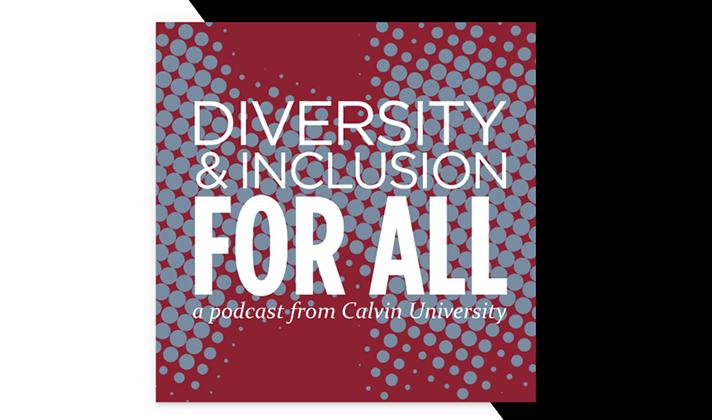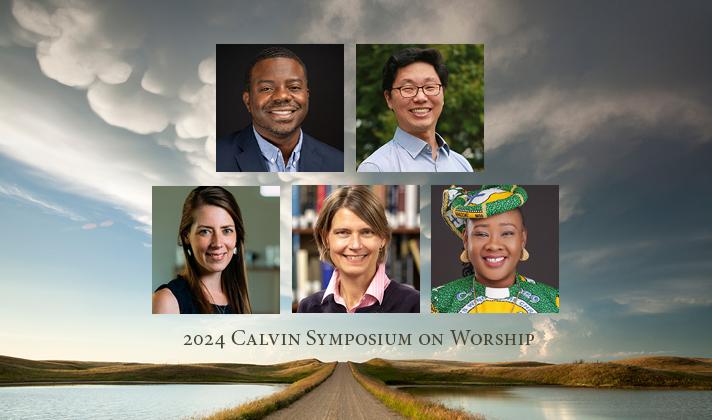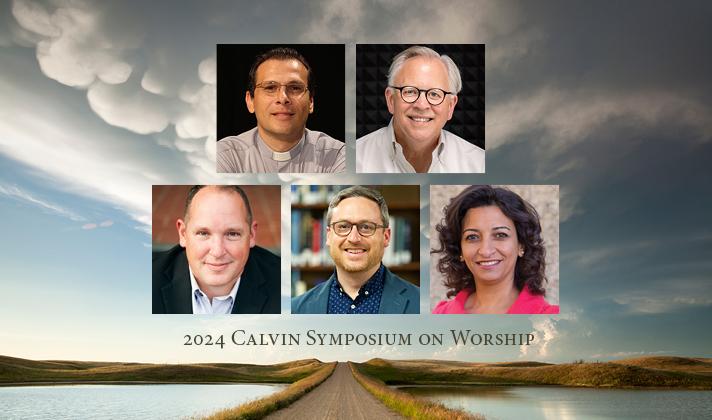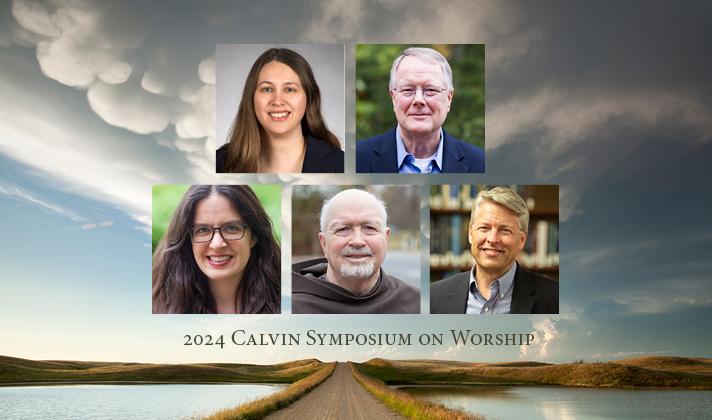Try to answer this question for yourself quickly without much thought: What does a good boss look like? How do you picture that perfect teacher or preacher? We all have our preferences shaped by our cultural values and by our own personalities. The interesting thing is that nobody is right or wrong. We are just different, because cultures are different. In an increasingly diverse world, at a time when most of our educational institutions, classrooms, and churches are becoming more diverse and multicultural, we hope this session can contribute to reflection and dialogue about these relevant matters. In this session in particular, we will deal with one cultural value: power distance.
Power distance has to do with the degree to which unequal distribution of power and wealth is tolerated by particular groups or societies. The term became well known after being used by Geert Hofstede, the Dutch psychologist, in his study known as cultural dimensions theory. Hofstede observed different management cultures across countries within the same mother company, IBM, and for his study he surveyed over 100,000 people representing fifty different countries. Based on his research Hofstede argues that the culture is the sort of software of our minds and that the culture in which we are brought up programs our minds to work in ways that are similar to other people brought up in the same environment and different from the minds of those who are raised in other cultures. Hofstede focused on the study of culture in work environments, but he argued that his findings also apply to other institutions within a culture, including families and schools, and of course we can say churches too. Originally he found four dimensions . . . and then he added two more. As said, we will concentrate our conversations on power distance.
Power distance is the extent to which the less powerful members of organizations and institutions accept and expect that power is distributed unequally. This represents inequality (more versus less), but defined from below, not from above. It suggests that a society's level of inequality is endorsed by the followers as much as by the leaders. Power and inequality, of course, are extremely fundamental facts of any society, and anybody with some international experience will be aware that all societies are unequal, but some are more unequal than others.
To measure and compare the level of power distance across nations, Hofstede created an index called PDI. When a country scores low—small or low power distance—it means that the culture leans toward egalitarianism. When a country scores high—large or high power distance—it means that the country leans toward the hierarchical side. This graphic shows the comparison. You can see the majority of the countries lean toward a more hierarchical perspective, even though with a wide range between those countries who scored lower and the highest in the world—Russia, Mexico, Malaysia. But in general, we can see that Latin American countries, Asian countries, African countries, and the Arab world tend to be more hierarchical while Europe is split. Northern Europe shows more egalitarian cultures, while Southern and Eastern Europe are more hierarchical. The United States scored 40, which means that the American culture in general leans toward egalitarianism.
In general, these two perspectives contrast a lot in terms of how people view what really matters. Inequalities in high power distance cultures are accepted and need no further justification, while in low power distance cultures (inequalities) are minimized. In high power distance cultures, pyramidal structures are common, with many layers between the top and the bottom of the organization and both managers and subordinates—yes, and using this language—consider each other to be existentially unequal. The low power distance cultures are the opposite, and people consider the others as existentially equals, independently of the roles they play. in high power distance cultures, authorities are treated with higher respect. The ideal boss is a benevolent autocrat—in contrast with egalitarian societies, where the ideal boss is a resourceful democrat. In high power distance societies, authority is based on position; it’s a position of authority. When authority is also functional, it facilitates learning. In contrast, in egalitarian societies, authority is based on competency; it’s functional. The leader is more a facilitator than a boss. Centralization is popular in hierarchical societies while the opposite—decentralization—is the desired outcome in low power distance societies.
An interesting aspect where these contrasting values take shape is in the decision-making process. In hierarchical societies, decisions are made top down; subordinates expect to be told what to do. The most precise, the best. They are not given important tasks and usually are the ones blamed when things go wrong. Subordinates fear to express disagreements. In contrast, in egalitarian societies, decision making seeks to build consensus. Subordinates expect to be consulted and are entrusted with important assignments, and the blame is either shared or often accepted by managers and supervisors. Subordinates are encouraged to share their insights and feedback, even if they disagree. An interesting thing here is that this study also correlates power distance with collectivism, and the United States in this case presents a particularity: that it's a country that tends to be egalitarian but is the highest in terms of individualism. And this combination means that sometimes here decision making could be more top down, not because of the power distance perspective, but because of individualism and a certain amount of pragmatism.
It’s interesting to see how power distance correlates with other cultural features. For instance, there is a high correlation between hierarchical societies and collectivism, even though not all individualistic countries are egalitarian. There is a high correlation with poverty. Hierarchical societies usually have an accepted division of class, while there is high correlation between a larger middle class and more egalitarian perspectives. There is a high correlation with political systems. In hierarchical countries, there is more acceptance of autocratic styles, and it is the opposite in egalitarian countries. And lastly, and I will deal with this later, there is a high correlation with hierarchical religious systems and high power distance societies with more horizontal religious perspectives and egalitarian societies.
Cultural dimensions theory has limitations. One of them is that the analysis reflects a Western perspective. Another one is the conception of national cultures without considering subgroups or subcultures. And in this sense, I think it will be important for us to discuss in our small group conversation racial and ethnic dynamics, because despite American culture leaning towards egalitarianism, the construction of whiteness and white privilege resists that perspective. Considering American history, the reconstruction period and the Jim Crow laws, the legal system of “separate but equal” tries to keep somehow the language and the ideal of egalitarianism but at the same time promoting a hierarchical culture based on race.
These are all very important topics in our context today in addition to other perspectives with other minority groups. There are several interesting topics to discuss in our groups related to how power distance works in our organizations: the importance of recognizing power distance culture to avoid conflict or to deal with conflict; how power distance dynamics is explicit or not in the hiring process of faculty, especially when it deals with minority groups, of faculty and staff coming from minority cultures; and of course matters of race and power distance.






